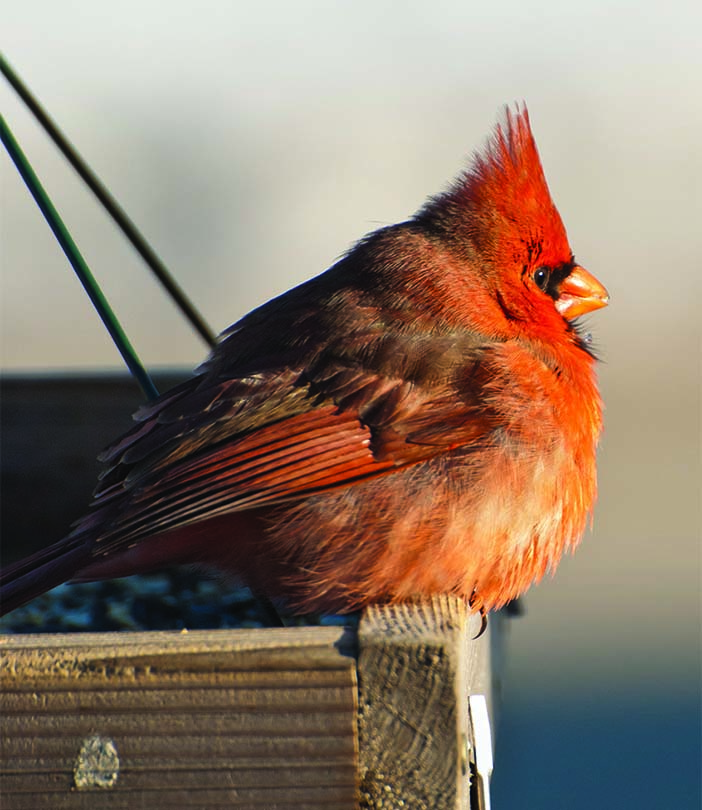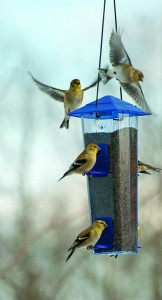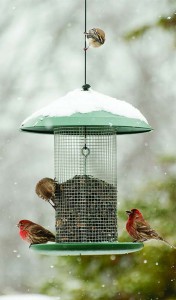By Kristen Hannum
Gardening with an eye to attracting birds, plus the butterflies and bees that come along with them in the springtime, means gardening with a completely different mind-set than we’re used to. So why do it?
The joy of creating a lovely home for a wide variety of colorful, lively birds turns out to be reason enough for most gardeners. But there’s more: gardeners report that an amazing satisfaction comes with doing something to help threatened birds. The National Audubon Society and the U.S. Department of the Interior say there’s been a 70 percent decline in populations of common backyard birds since 1967. If everyone made just a corner of their yard more bird friendly, that could help turn those declines around.
“So many problems seem beyond individual action,” says Dr. Stephen Kress, vice president of bird conservation for the Audubon Society. “But we can make a difference for birds.”
The best place to start, Kress says, is in your own backyard. Gardeners in rural areas, like so many of Colorado Country Life’s readers, are especially well-equipped to help birds because so many of them also favor rural life.
It’s not difficult. Simply think in terms of being a good host, making sure that your little guests have refuge, food and water, and that you don’t accidentally poison them with pesticides or herbicides.
A bird feeder is a good beginning, a first hop toward seeing your property from a bird’s point of view. The busy little birds at the feeders near a window are undeniably entertaining. Bird feeders can also help wintering birds make it through the coldest days.
Don’t choose a birdhouse by its cuteness scale. That darling Victorian may be completely wrong for the birds you’re hoping to attract. Bluebirds, for instance, need doors that are one and a half inches in diameter. That discourages larger birds, namely aggressive starlings, from moving in and taking over.
Cleanliness is key to staying warm, cooling off and flying right if you’re a bird. A birdbath is an easy and often beautiful addition to the garden. Buy a pedestal type and put it near protective shrubbery to keep the birds safer from cats. Birdbaths are especially important in arid areas, but even if you live near a lake, a puddle-sized birdbath will attract visitors.
George Adams, author of Gardening for the Birds, How To Create a Bird-Friendly Backyard, urges gardeners to take on the difficult challenge of providing thawed water for birds in the winter. Winter sun may do the trick, but he advises going for guaranteed results by installing a stock tank deicer or heating element especially designed for birdbaths.
“I know a lot of people who started out with sterile backyards and transformed them into great bird habitats,” Kress says. “They talk about how much fun it is.”



